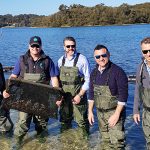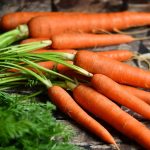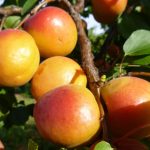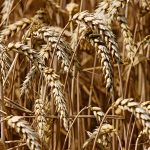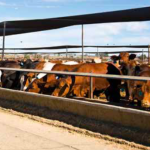Expectations of another ‘big year’ fuelling confidence in Australia’s farm sector
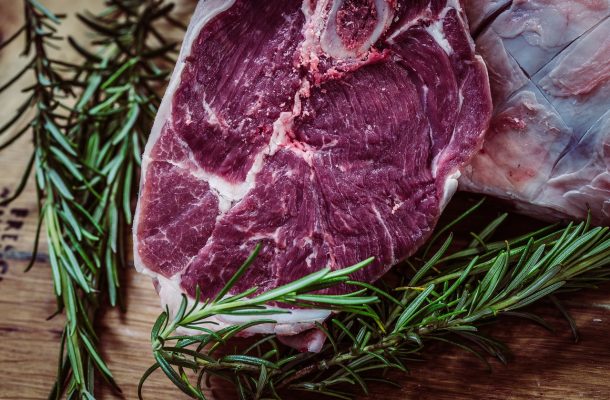
The prospect of another big production year is underpinning continued strong confidence within Australia’s farm sector, according to the latest quarterly Rabobank Rural Confidence Survey.
The survey released in June reveals that – while the overall net rural confidence measure had eased slightly from last quarter – almost 90 per cent of Australian farmers are expecting the generally excellent business conditions currently being experienced in the agricultural sector to either continue or improve over the year ahead.
Rabobank Australia CEO Peter Knoblanche said the latest survey results were a reflection of just how positive the current operating environment was for Australian agriculture, with an “ideal combination of positive seasonal, financial and commodity market factors”.
“There is certainly a view out there among many farmers that business conditions right now are excellent. Many would say it’s as good as it gets, and they can’t see how it could get any better,” he said.
“Strong prices for grain and terrific growing conditions in most regions have driven another near-record winter crop planting program across the country, with early estimates for a second-straight year of bumper tonnages of wheat, barley and canola when harvested at the end of the year.
“Meanwhile commodity prices in the beef and lamb sectors are also supporting producer confidence, with low supply and high demand for protein pushing prices to levels not seen before. And dairy confidence is also strong on the back of favourable milk price contracts and improved water allocations.”
In another indication of the sector’s current financial strength and stability, the Rural Confidence Survey’s Farm Viability Index – measuring farmers’ assessments of their own business viability – had continued to edge higher in the latest quarter to sit at a new record 20-year high.
Completed last month, the latest survey found 35 per cent of farmers nationally were expecting conditions in the agricultural economy to improve over the year ahead. While this was down marginally on the 39 per cent with that view in the March quarter, Mr Knoblanche said this was “likely a reflection of the view among some that business conditions in agriculture are about as good as they get”.
And, the survey found, a further 54 per cent of respondents were expecting the current positive conditions to continue for the coming 12 months, while just eight per cent expected a deterioration.
Mr Knoblanche said that while the current mouse plague was causing anxiety for farmers in affected areas, primarily in central western and northern New South Wales, it had not registered as a major concern in the survey, cited by five per cent of those expecting conditions to worsen as the reason for their pessimism.
Rural sentiment was found to be strong in all states and across all sectors.
Beef, lamb, and dairy producers were particularly buoyed by high commodity prices, while excellent seasonal conditions underpinned solid sentiment among cotton and grain producers.
The survey found that across all sectors, commodity prices were the primary driver of confidence this quarter – cited by 69 per cent of those farmers expecting conditions to improve. Seasonal conditions buoyed sentiment among 51 per cent of farmers who had a positive outlook on the year ahead.
Instrumental year
Mr Knoblanche said 2021 was shaping up to be an instrumental year in the long-term prosperity of the Australian farming sector.
“For most farmers, we are seeing a second year of very good seasonal conditions, high to very high commodity prices, low interest rates and favourable infrastructure investment incentives from government.
“The benefit of another year like this for Australian farming shouldn’t be under-estimated. This will allow many farmers to really consolidate their position after years of drought – to further reinvest in their businesses to make them more efficient and resilient, and to expand and grow their businesses for the future.
“This is a sector which has made an excellent recovery after the drought and is helping power the nation through the challenges of the COVID-19 pandemic.
“Many of our country towns are booming, there is tremendous regional growth and employment and the strength and stability in the agricultural sector is playing a significant part in that.”
Mr Knoblanche said even in those areas where seasonal conditions had not been optimal heading into winter, such as the cropping regions of South Australia and north west Victoria, there was still a high level of confidence that the current positive business conditions would continue, and gross income projections for farm businesses were very good.
Confidence was found to be strongest in Tasmania and New South Wales, where 45 per cent and 44 per cent of farmers respectively were tipping conditions to improve.
In NSW, a large boost to water allocations and the prospect of another big grain production year were sustaining high levels of farmer confidence, despite some concerns around the mouse plague.
In Tasmania, farm confidence had hit a six-year high, with the state’s dairy farmers particularly upbeat on the back of good opening milk contracts and a great lead into winter.
While the number of Australian farmers expecting conditions to improve over the year ahead is slightly lower this quarter, forecasts for farm business incomes and performance are holding firm, with 40 per cent of farmers surveyed expecting an increase in gross farm incomes in the next 12 months (compared with 41 per cent in March), while 45 per cent expect similar incomes to last year.
Mr Knoblanche said with a great production year behind them, and another one on the horizon, many Australian farmers were making longer-term investment plans and putting money back into their own enterprises through equipment and infrastructure upgrades as well as property expansion.
The survey found 34 per cent of those surveyed nationally expect to increase investment over the year ahead, while 60 per cent will maintain business spending at current levels.
Mr Knoblanche said farmers were taking the opportunity to improve their assets and upgrade their operational infrastructure while the seasons, commodity prices and interest rates were all working in their favour.
And, while there was intense interest and competition for agricultural land, he said, those farmers who weren’t in a position to buy more land were investing on-farm to make the property they own “work harder for them”.
A comprehensive monitor of outlook and sentiment in Australian rural industries, the Rabobank Rural Confidence Survey questions an average of 1000 primary producers across a wide range of commodities and geographical areas throughout Australia on a quarterly basis. The most robust study of its type in Australia, the survey has been conducted by an independent research organisation interviewing farmers throughout the country each quarter since 2000. The next results are scheduled for release in September 2021.



